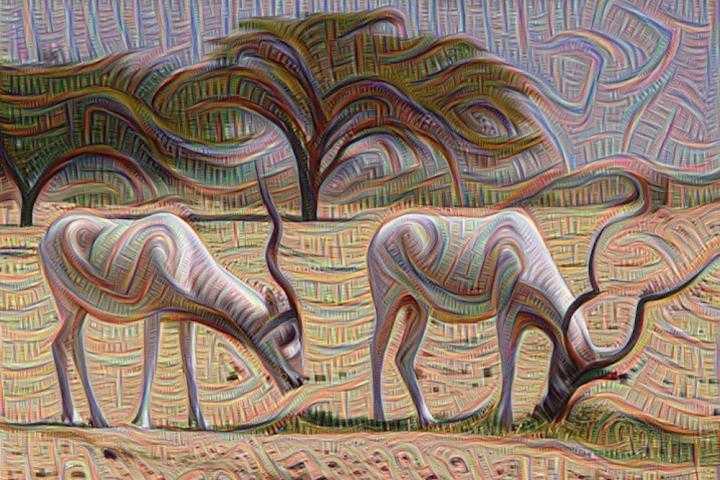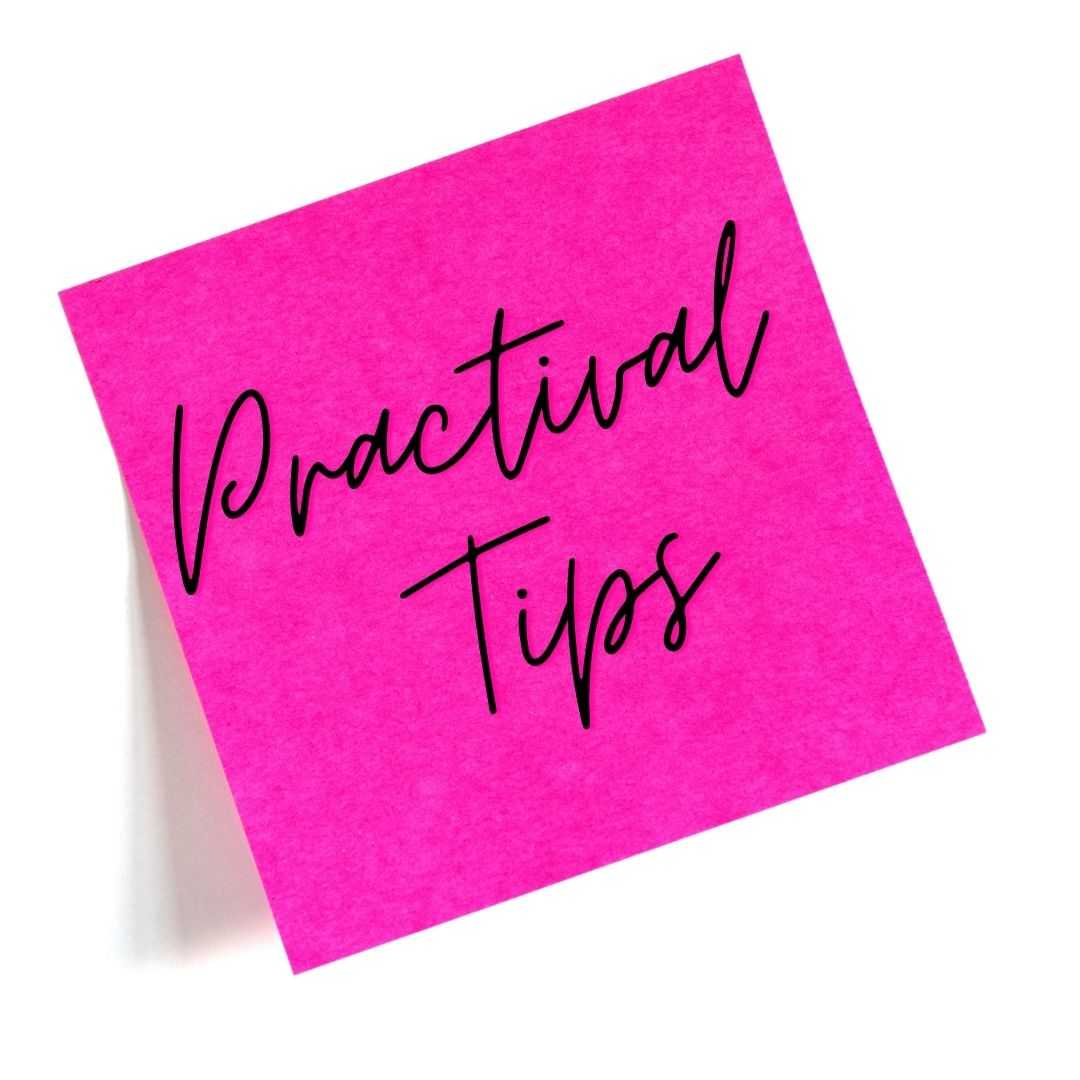Table of Contents
- Exploring the Fundamentals of Imagery Drawing Techniques
- Harnessing the Power of Visual Imagination for Artistic Expression
- Practical Tips for Cultivating Your Unique Imagery Drawing Style
- Inspiring Resources and Exercises to Enhance Your Creative Journey
- Q&A
- In Conclusion
Exploring the Fundamentals of Imagery Drawing Techniques
Imagery drawing is a powerful technique that invites artists to translate their thoughts and emotions onto paper. At its core, it encompasses various methods, each contributing to the overall impact of the artwork. One fundamental aspect is observation, which allows artists to capture the true essence of a subject. By honing in on details, such as texture, light, and shadow, you can create a more engaging and realistic image. Consider taking your sketchbook outdoors; the world is a canvas waiting to be explored.
Another key element is imagination, the heart of imagery drawing. Allowing your mind to wander creates room for innovative ideas and unique interpretations. Whether it’s the whimsical design of a fantasy creature or an abstract representation of a feeling, tapping into your creativity can yield extraordinary results. Artists often find inspiration from dreams, nature, or even literature, enabling them to infuse their drawings with layers of meaning and emotion.
Furthermore, mastering techniques can enhance your imagery drawing skills. Techniques such as hatching, cross-hatching, and stippling add depth and dimension to your work. Each stroke contributes to the mood and vibe of the piece. Artists may find it beneficial to experiment with various media—pencils, charcoal, or ink—to discover what best suits their style. Below is a simple table showcasing different techniques along with their effects:
| Technique | Effect |
|---|---|
| Hatching | Creates linear shading |
| Cross-Hatching | Adds depth and texture |
| Stippling | Produces softer gradients |
| Blending | Achieves smooth transitions |
Lastly, practice is essential for refining your imagery drawing techniques. Set aside dedicated time to sketch regularly, as consistency breeds improvement. Join artist communities, attend workshops, or collaborate with peers to gain fresh perspectives. As you immerse yourself in these practices, your skills will flourish, allowing your personal style to develop and mature. Remember, each stroke is a step toward transforming your artistic vision into reality.


Harnessing the Power of Visual Imagination for Artistic Expression
Visual imagination serves as a bridge between the mind’s eye and the canvas, allowing artists to translate abstract thoughts into tangible art forms. This intricate process often begins with inspiration drawn from everyday life—from the mundane to the extraordinary. What sets an artist apart is their ability to perceive and interpret these stimuli uniquely, transforming simple observations into captivating visual narratives. Techniques such as drawing, painting, or digital art become the vehicles for conveying these inner visions, each stroke reflecting the depth of emotion and thought.
In the realm of artistic expression, the importance of cultivating one’s imagination cannot be overstated. Engaging in practices like meditative visualization or brainstorming can enhance this creative muscle. Artists often harness exercises that stimulate mental imaging; some effective methods include:
- Mind Mapping: Organizing thoughts visually can spark new ideas.
- Dream Journaling: Recording dreams can reveal subconscious themes.
- Color Theory Exploration: Understanding color relationships can shape emotional tone.
The physical act of drawing captures this imaginative process, turning ephemeral thoughts into lasting impressions. Here, the artist establishes a dialogue with their materials, allowing spontaneity and technique to converge. This interaction often results in an artwork that not only represents an idea but also evokes a visceral reaction in the viewer. Utilizing varied media, from charcoal sketches to watercolors, each choice contributes to the overall narrative, showcasing a unique voice within the artwork.
To effectively channel one’s visual imagination, artists might benefit from creating a structured approach to their process. A simple table can outline this method, clarifying the stages of artistic development:
| Stage | Description |
|---|---|
| Inspiration | Identification of internal and external stimuli. |
| Exploration | Experimentation with different styles and techniques. |
| Creation | Translating imagined concepts into visual form. |
| Reflection | Evaluating the impact and message of the artwork. |
This framework not only encourages creativity but empowers artists to delve deeper into their psyche. By blending imagination with technical skill, they can forge pieces that resonate with authenticity. Ultimately, it’s this synergy that captures the viewer’s gaze and invites them to experience the artwork on a profoundly personal level.


Practical Tips for Cultivating Your Unique Imagery Drawing Style
Developing a unique imagery drawing style is an exciting journey that allows artists to express their individuality. Start by immersing yourself in various artistic influences—consider exploring different genres of art, such as surrealism, abstract, or realism. These diverse styles can offer fresh perspectives and ignite your creativity. Don’t hesitate to experiment with combining elements from various influences. This fusion of styles can help you find a voice that resonates with your vision.
Another crucial aspect is practice. Dedicate a set time each day to draw freely; this is often referred to as ”free drawing.” Settle into a comfortable space, gather your materials, and let your hand move without a predetermined outcome. Focus on:
- Line quality: Experiment with different pressures and speeds.
- Shapes and forms: Play with both geometric and organic shapes.
- Textures: Explore varying textural techniques, like stippling or cross-hatching.
Your environment can also greatly influence your creativity. Surround yourself with elements that inspire you—whether they’re colors, objects, or even music. Creating a personalized workspace that reflects your aesthetic can lead to a more intuitive drawing practice. Use a color palette that evokes the emotions you want to convey in your work, or incorporate items that have personal significance. Here’s a quick reference table to help you curate your space:
| Element | Effect on Creativity |
|---|---|
| Color Swatches | For inspiration and mood setting |
| Art Books | To stimulate ideas and techniques |
| Personal Mementos | To evoke emotional responses |
don’t shy away from sharing your work. Join online forums, participate in social media challenges, or attend local art shows. Engaging with a community of fellow artists can provide constructive feedback, new ideas, and encourage a sense of belonging. When presenting your work, showcase your unique style by curating a portfolio that highlights not just finished pieces, but also your creative process. Remember, your distinct voice is what sets you apart—embrace it fully!


Inspiring Resources and Exercises to Enhance Your Creative Journey
Embarking on a journey to enhance your drawing skills can be a profoundly fulfilling experience. Engaging with various inspiring resources can open new vistas for your creativity, giving you fresh perspectives and techniques to explore. One exceptional resource to consider is the plethora of online platforms that offer tutorials and courses tailored specifically to imagery drawing. Websites like Skillshare, Udemy, and Proko provide a range of classes that cater to all skill levels, helping you hone your abilities from foundational techniques to advanced methods.
Beyond online courses, immersing yourself in books and magazines dedicated to art can provide invaluable insights. Titles such as The Natural Way to Draw by Kimon Nicolaides or Drawing on the Right Side of the Brain by Betty Edwards are crafted to challenge your perception and improve your skills hands-on. On your next trip to the library or bookstore, consider browsing through sections that focus on drawing and visual arts to discover inspiration and exercises you can practice at home.
Don’t underestimate the power of practical exercises to refine your craft. Setting aside dedicated time each day for drawing can significantly enhance your imagery skills. Explore exercises such as:
- Quick Sketching: Spend 5 minutes sketching objects around you.
- Gesture Drawing: Focus on capturing the essence of a subject quickly.
- Color Exploration: Experiment with different color palettes and mediums.
- Daily Prompts: Use online prompts to inspire daily drawing.
Lastly, engaging with a community of artists can be transformational. Participating in local art groups or online forums allows you to share your work and receive constructive feedback. Many artists report that productive discussions and collaboration with peers stimulate their creative thinking. Whether it’s through social media or dedicated platforms like ArtStation or DeviantArt, connecting with others who share your passion can enrich your artistic journey while providing accountability and motivation.
Q&A
Q&A: Exploring the World of Imagery Drawing
Q1: What is imagery drawing?
A1: Imagery drawing is a creative technique that involves capturing the essence of an idea or scene using visual representations. It goes beyond realistic sketches, allowing artists to express emotions, concepts, and narratives through the use of imaginative illustrations. This form embraces not only what is seen but also how feelings and thoughts can be conveyed visually.Q2: How does imagery drawing differ from traditional drawing?
A2: Traditional drawing often focuses on realistic representations, striving for accuracy in forms, proportions, and colors. In contrast, imagery drawing prioritizes creativity and interpretation, inviting artists to express their visions freely without the constraints of realism. It’s about evoking feelings and atmospheres rather than merely replicating the observable world.Q3: What are the benefits of practicing imagery drawing?
A3: Practicing imagery drawing offers various benefits. It enhances creativity by encouraging artists to think outside the box and develop unique styles. This technique also boosts emotional expression, allowing for the exploration of complex feelings and concepts. Additionally, it can improve visual storytelling skills, making it a valuable tool for illustrators and writers alike.Q4: What materials are best suited for imagery drawing?
A4: The beauty of imagery drawing is its flexibility in materials. Artists can choose from a wide range of mediums, including pencils, markers, watercolors, or digital tools. The choice of material can impact the final outcome, so experimenting with different types can help identify what works best for an individual’s style and vision.Q5: Can beginners start with imagery drawing?
A5: Absolutely! Imagery drawing is accessible to artists of all levels, including beginners. It encourages exploration and personal expression without the pressure of perfection. Starting with simple prompts or references can help newcomers ease into the practice, allowing their creativity to flourish naturally.Q6: What tips can help enhance my imagery drawing skills?
A6: To enhance your imagery drawing skills, consider the following tips:- Practice Regularly: Set aside time each day to draw and experiment with different ideas.
- Study Other Artists: Analyze the work of artists you admire and identify techniques that resonate with you.
- Keep a Sketchbook: Maintain a sketchbook to doodle, brainstorm ideas, and create rough drafts of your imagery.
- Embrace Mistakes: View mistakes as opportunities for learning and growth in your artistic journey.
- Seek Feedback: Share your work with others to gain insights and encouragement.
Q7: How can I incorporate imagery drawing into storytelling?
A7: Imagery drawing can significantly enrich storytelling by visually representing characters, settings, and pivotal moments. You can begin by creating illustrations that align with key scenes in your narrative, helping to immerse your audience in the story’s world. Additionally, you may explore using imagery as a supplemental tool, crafting visual motifs that echo themes or emotions throughout your tale.Q8: Where can I find inspiration for imagery drawing?
A8: Inspiration for imagery drawing can be found all around you! Nature, literature, music, and even everyday life can spark ideas. Online platforms like Pinterest, Instagram, or art-focused forums can also provide a treasure trove of images and concepts to ignite your creativity. Additionally, visiting galleries or reading poetry can open up new perspectives and influence your artwork.This Q&A aims to demystify the practice of imagery drawing, providing insights and encouraging readers to embark on their artistic journeys. Whether you’re a novice eager to learn or a seasoned artist looking to refine your craft, the world of imagery drawing offers endless possibilities for exploration and expression.
